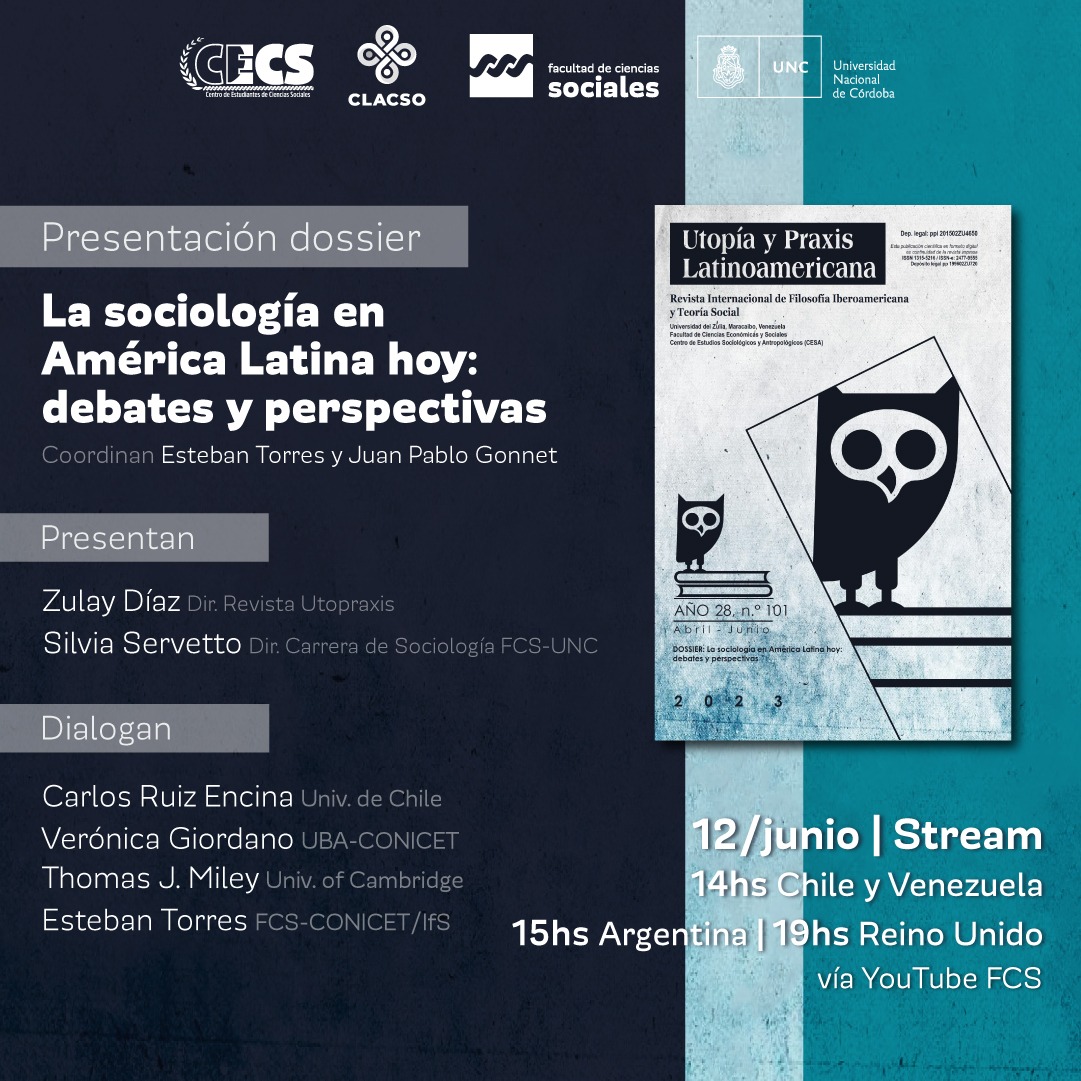Pilgrim interaction with services provided by the general presidency of Alharamain affairs
Resumen
ABSTRACT
The study aimed at identifying the interaction of pilgrims with the services provided by the General Presidency of The Affairs of the Two Holy Mosques through "Facebook". The descriptive method was used as a data collection tool. The field sample consisted of 200 individuals spalled from the two pages, 'Ministry of Hajj’ and ‘The Grand Mosque'. Findings show that there are statistically significant differences between the forms of interaction of the respondents with the services provided by the General Presidency for the Two Holy Places on the pages of the Ministry of Hajj and the Grand Mosque, and in the direction.
Citas
ABDEL-FATTAH, D & MOHAMED, M (2018). Pilgrims interaction levels with the rituals of Hajj and Umrah through social networking sites. Eighteenth scientific forum for Hajj, Umrah and Visitation Researches. Saudi Arabia: Makkah Al-Mukarramah. Umm Al-Quran University.
ABDUL-AZIZ, GA & ALY, AS (2019). “Trialing a smart face-recognition computer system to recognize lost people visiting the two holy mosques”. Arab Journal of Forensic Sciences & Forensic Medicine (AJFSFM), 1(8), pp. 1120-1132.
ABULJADAIL, MH & HA, L (2019). “What do marketers post on brands’ Facebook pages in Islamic countries?” Journal of Islamic Marketing.
ALMANSOUR, A & ONGENA, S (2017). “Believers' Premia in the Land of the Two Holy Mosques: On the Impact of Shari'a Compliant Bank Loan Announcements in Saudi Arabia”. Available at SSRN 3064584.
ANSPACH, NM, JENNINGS, JT & ARCENEAUX, K (2019). “A little bit of knowledge: Facebook’s News Feed and self-perceptions of knowledge”. Research & Politics, 6(1), pp. 1-9.
BOYD, DM & ELLISON, NB (2007). “Social network sites: Definition, history, and scholarship”. Journal of computer‐mediated Communication, 13(1), pp. 210-230.
FATHI, HS (2015). “The impact of using social networks via the Internet on the social relationships of the Egyptian family”. Master Thesis, Cairo University, Faculty of Information, Radio and Television Department, p. 130.
JILANI, C, MAHALOUL, J & ZAMAM, R (2019). “The role of social media in the February 22 Facebook movement of theorizing, framing, and foresight”. Journal of Media Studies, 8, p. 14.
LISCHKA, JA (2018). “Logics in social media news making: How social media editors marry the Facebook logic with journalistic standards”. Journalism, 1464884918788472.
MAZOUZ, HB & AL BASHIR, M (2019). “Forms of interactivity in the Algerian electronic press and its relationship to the satisfaction of users”, standard journal, 48(23), p. 263.
MOHAMED, M & AL-HAWARY, SH (2019). “University student interaction levels with New Zealand mosque attacks via social media”. Journal of Media Studies, 8, p. 39.
NOMAR, MM (2011). “The use of social networking sites and its impact on social relations: a study on a sample of Facebook users in Algeria”, Master Thesis, Al-Hajj University, Faculty of Humanities and Social Sciences, Department of Media and Communication Sciences, p. 133.
SQUIRE, M (2019). “Network, Text, and Image Analysis of Anti-Muslim Groups on Facebook”. The Journal of Web Science, 7.












